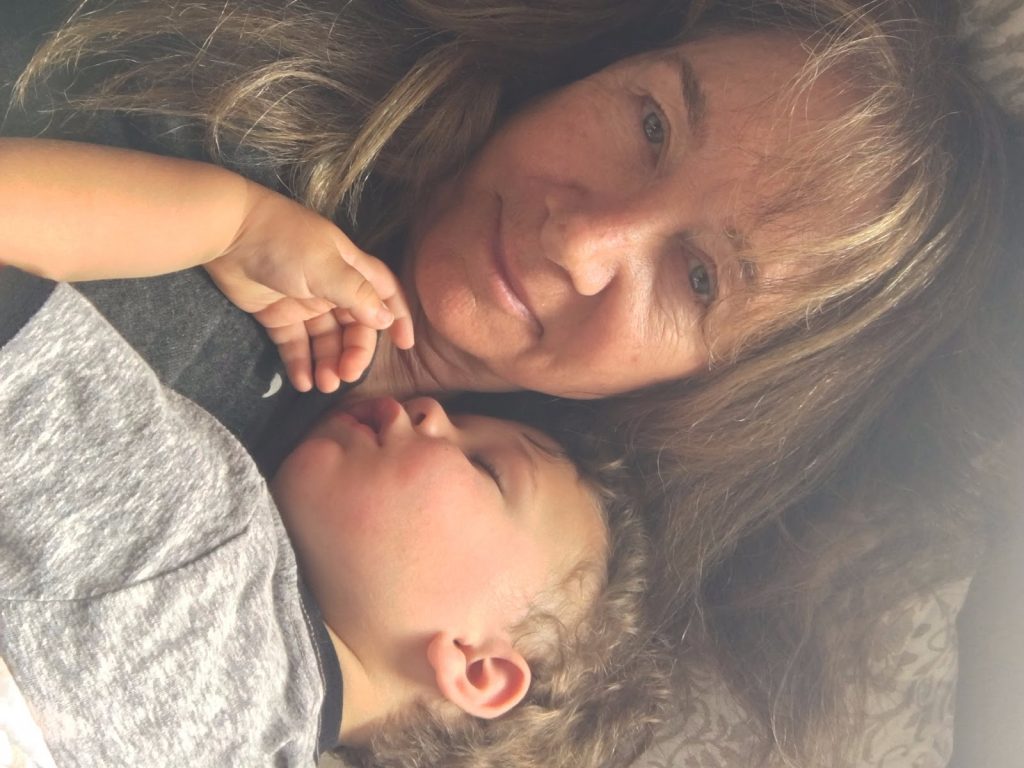
Wherever you are on this beautiful planet of ours, may your season of spring or fall bring you ease, beauty and warmth.
I have now experienced 32 days straight with my 2-years old grandson, Finn. Needless to say, I am grateful to spend this time with my precious bundle of boy-joy.
Finn is smack dab in the infamous “terrific twos”! Favorite words of his are “mine”, “no” and “I want it”. Common responses for not getting what he wants are meltdowns, wining, sadness, self-pity and anger.
As an early childhood educator, I know the importance of this stage of development, as they are finding themselves as independent beings.
For the first two years of a child’s life, they believe they are part of their mother. At around 2, they discover they are separate from their mother and in doing so, they discover their power and independence. This is what is often referred to as the ego.
The thing about the ego is it keeps us seeing ourselves as separate from others. Yet around 2.5 years, the child becomes tired of this separation and wants to recreate connection and feelings of love and compassion again.
If its parents and caregivers are not conscious, this young child can create unhealthy techniques to get their needs for love, connection and attention met again.
Four of these unhealthy ways are:
- Becoming a good girl or good boy. The child is rewarded for their good behaviour and in turn, they use this good behaviour as a way to get attention and love from others.
- Getting sick or injured. When sick or injured, the adult stops and focuses on the wounded child and rewarding the behaviour by giving them full attention.
- Disappearing or being shy. This way, the adult must come looking for or giving more attention to the child. I had a client once who told me she used to hide in the car so her parents would come find her and in turn, reinforce their love for her.
- Throwing a tantrum, pinching a sibling or another negative behaviour. This may not be a positive way of getting love, however, the child gets the attention they desire never-the-less.
Can you see how the above behaviours can be reinforced and rewarded with attention and love? Did any of them ring familiar with you or your children?
If rewarded consistently, these behaviors become lifelong habits and strategies for getting our needs met. In fact, there is a high chance we end up believing we need to earn and perform for our love.
We begin looking for love outside of ourselves from a place of neediness, when in fact, love is within us. We ARE actually love.
When you know love is within you, you have love and compassion for yourself. This is a healthy kind of love.
When you connect with the love within yourself and treat yourself in loving ways, you are able to give love and compassion to others from a healthy place, rather than searching for love and compassion from others from a needy place.
I believe the world today needs more love, compassion, and understanding. This change begins with you.
How loving are you toward yourself? How do you talk to yourself? And, how forgiving and compassionate are you towards yourself?
As an adult, do you use any of the above four techniques to get love and attention? How often do you look for love, compassion and approval from others from a needy place? If so, a powerful step to changing this is just to notice.
The world needs more love, wouldn’t you agree?
So please, take a deep breath (really, right now…inhale…..exhale….) and give yourself some love, exactly in the place where you are.

Don't Miss My Weekly Messages
Subscribe to my newsletter
You have Successfully Subscribed!